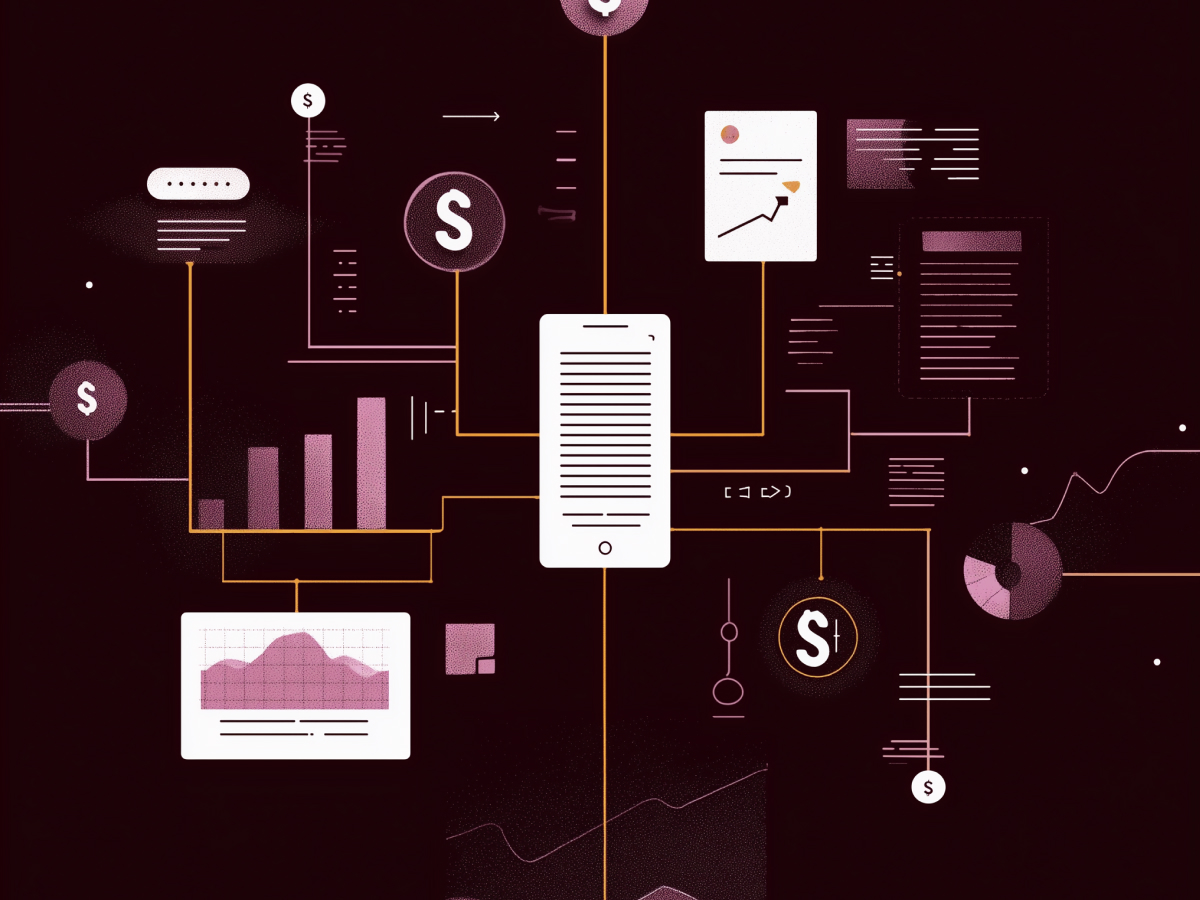Secure and modern cloud infrastructure is key for successful agentic AI deployment
If you’re planning to use AI agents to automate decisions across your organization, your cloud infrastructure needs to be bulletproof. That means secured, modern, and built to handle workloads that are constantly evolving. These agents operate across hybrid environments, on-premises systems, private clouds, public clouds, and they don’t care where your weaknesses are. Attackers do.
Agentic AI is designed to act independently. It pulls in data, makes decisions, and executes tasks. It doesn’t wait for human approval. That level of autonomy is powerful, but it only works if the environment it lives in is secure by design, not bolted on later. If you’re still relying on outdated access controls or haven’t evaluated the security edge between your cloud providers and internal systems, you’re increasing the odds that something breaks.
Authentication is the baseline, not the finish line. You need continuous monitoring, infrastructure hardening, and automated threat response in place. These aren’t branding features for security checklists. They’re operational requirements for AI systems that could be making thousands of decisions across internal tools, customer platforms, and sensitive datasets.
According to Gartner, by 2028, agentic AI will live inside 33% of enterprise software applications and drive autonomous decisions for about 15% of daily work tasks. The direction is clear. Enterprises that modernize now can lead with speed. The ones that stall will be stuck refactoring while the competition pushes ahead.
Nataraj Nagaratnam, IBM Fellow and CTO of Cloud Security at IBM, said it plainly: “You can protect your agentic [AI], but if you leave your front door open at the infrastructure level … the threat and risk increases.” The systems you trust to run core business functions are either your greatest asset or your biggest liability. It’s your job to choose.
Agentic AI magnifies traditional risks such as data exposure and compliance issues
Agentic AI opens the door to much larger data surfaces. That means traditional risks around data leakage, policy violations, and compliance gaps scale. These agents can extract, analyze, and act on unstructured data too, documents, messages, audio files, images. If it’s digital and stored in your systems, AI can likely access it.
The problem? Security breaches now have more vectors. Agents can be misused, tricked into offering unauthorized access, or even manipulated to run unintended tasks. That’s not far-fetched; it’s a basic outcome of poor governance and weak input validation. The stakes go way up if you’re in a regulated industry. Financial services, healthcare, and global enterprises can’t afford an agent mishandling personally identifiable information or breaching data custody agreements.
Governance has to start at the infrastructure level. If your cloud systems aren’t compliant, your agents won’t be either. And even if they are, you have to account for how they collect, act on, and store data. Structure matters. Frameworks matter. And internal oversight has to be consistent.
Nataraj Nagaratnam highlighted the point during his interview with InformationWeek: “The agents and the system need to be compliant, but you inherit the compliance of that underlying … cloud infrastructure.” He’s right. Enterprises can’t afford to decouple the performance of an AI agent from the infrastructure it stands on. If the platform has flaws, so will your AI output.
Executives need to see the full picture. Agentic AI can solve real problems at scale, but only if the systems, protocols, and access models are ready to handle the increased complexity. If you’re still auditing data access once a year, you’re not even close. AI accelerates everything, including potential failure.
Cross-functional stakeholder involvement is key in preparing for agentic AI
Agentic AI cuts across departments, roles, and how work is done. If you’re only seeing it through the lens of your technical team, you’re missing a significant portion of its impact and risk. Success demands participation from across the organization, security leaders, compliance officers, legal teams, and especially the users who will interact with and depend on these agents to do their jobs.
The teams responsible for overseeing data governance and regulatory alignment need a seat at the table early. They understand where risk lives, how past systems failed, and where current controls aren’t enough. The CIO, CTO, and CISO will guide infrastructure decisions, but their work has to be informed by the people doing the work today. If an AI agent is automating action in customer service, procurement, or risk analysis, those domain experts already know what the gaps and edge cases are. Ignoring that frontline knowledge slows implementation and increases exposure.
Start by assembling people who already care. People who are aware of the risks, eager to experiment responsibly, and motivated to see agentic AI succeed for the business, not just for the technology itself. Internal working groups aren’t symbolic. They allow continuous learning and fast adaptation to what’s changing in the AI landscape. These teams should be expected to stay current, meet regularly, and make infrastructure or policy suggestions as new developments become relevant.
Alexander Hogancamp, Director of AI and Automation at RTS Labs, underscored this when he said, “I would actually grab the people that are in the weeds right now doing the job that you’re trying to create some automation around.” That kind of operational insight ensures use cases are practical and deployment risks are understood before rollout, not after.
This is a leadership decision. If you prioritize internal inclusion now, you avoid costly gaps and missed opportunities later. Agentic AI invites transformation, and that starts with cross-functional leadership that owns execution from more than one perspective.
Engaging external vendors necessitates thorough third-party risk assessments
Most companies won’t be building agentic AI solutions entirely in-house. You’re going to work with cloud providers, third-party AI model developers, and SaaS platforms. Every one of those players becomes part of your risk surface. The mistake many leadership teams make is assuming external vendors have already solved security and compliance. That’s not a safe assumption, especially in a field that’s evolving by the week.
Every vendor relationship, whether it’s with a cloud infrastructure provider or a pretrained AI model supplier, must begin with a hard look at access, control, and accountability. Do vendor systems store your data? Who can access what? Are their models trained with sensitive inputs from unknown sources? Are their APIs auditable, and do they follow your security requirements? If you can’t answer these questions clearly, the risk is already embedded.
Third-party assessments have to be defined, standardized, and recurring. You’re not certifying a one-time product; you’re depending on services that influence key decisions made by AI agents operating inside your workflows. This makes vendor due diligence a non-negotiable.
Security frameworks need to extend across your ecosystem, not just inside your own firewalls. That includes shared responsibility models between your team and your vendors, clear escalation paths for incidents, and real-time audit capabilities where feasible. Your compliance liability doesn’t end because the data moved to someone else’s server, it travels with the data and its use.
Executive teams need to fund this the same way they would internal transformation, because it is. Risk multiplies in networks. If a provider fails, your system fails. It’s your brand, your customer, your compliance obligation, not the vendor’s. Ensure visibility is built into every contract and every integration. The burden rests with you.
Cloud-native organizations are better positioned to rapidly adopt agentic AI
Companies built on modern infrastructure move faster, not because they’re lucky, but because they’re designed that way. If your architecture is already cloud-native, you’ve likely put in place role-based access, containerized environments, APIs with robust access management, and dynamic security controls. That foundation isn’t just useful, it’s critical for integrating agentic AI effectively and securely.
When these systems are already established, extending into AI-based decision workflows becomes a matter of configuration and validation, not full reengineering. Cloud-native teams are able to iterate, test, and deploy across environments with significantly less friction. They already know how to operate within fast cycles and can plug agentic AI into existing data pipelines and observability tools without needing to halt operations.
By contrast, enterprises operating on legacy infrastructure, especially those dealing with isolated, on-prem systems, face a longer timeline and higher cost to readiness. If you’re dealing with basic gaps like unpatched software, rigid access management, or fragmented data environments, the journey to deploy AI agents is going to require foundational changes first. Skip those, and you’re opening your systems to unnecessary exposure and misaligned outcomes.
Technical debt isn’t a minor issue, it’s an economic one. It slows down progress, creates fragility in deployment, and increases time-to-benefit on every AI initiative you attempt.
Matt Hobbs, who leads cloud, engineering, and AI at PwC, put it clearly: “If you haven’t addressed the technical debt that exists within the environment, you’re going to be moving very, very slow in comparison.” The market won’t wait while you catch up. If agentic AI is on your roadmap, modern infrastructure is the baseline requirement for executing on that strategy.
Incremental, well-governed introduction is key to successful agentic AI deployment and ROI measurement
Enterprise AI doesn’t have to be overwhelming, but it does have to be structured. Agentic AI introduces new operational capabilities that alter how decisions are made, how data is handled, and how work is completed. If you roll out complex agent networks without clarity, guardrails, or metrics, results will be unpredictable. Start with precision; start small.
Launch with one controlled use case. Something measurable, low-risk, and connected to an existing workflow. Once live, focus on observability. That means logging, tracing, monitoring, and feedback mechanisms. If an agent performs a task, you need to know exactly what triggered it, how it made its decision, and whether that result aligns with your compliance and performance benchmarks.
Security and governance frameworks should be in place from the start. Not just because you want to avoid errors or breaches, but because they’re essential for assessing whether these agents are doing work the way you expect them to. The more autonomy an agent has, the more you’ll need visibility into its logic paths and the ability to intervene if the results drift from intended outcomes.
Keep expectations aligned with scope. Not every AI deployment needs to show full ROI in months, but every deployment should clearly articulate what value it’s driving, and how fast it can scale once validated. That could be throughput, cost avoidance, service speed, or compliance readiness. What matters is having the metrics ready to evaluate impact when board-level stakeholders ask for results, which they will.
Alexander Hogancamp from RTS Labs recommends avoiding complex, multi-agent scenarios on your first project. “If you try to jump right into agents do everything now and not do anything different, then you’re probably going to have a bad time,” he said. That’s practical advice. Start clear, stay structured.
Matt Hobbs also emphasized the importance of control frameworks, reminding leaders that agents will eventually touch sensitive data and systems. If no policies exist for scope, access, or auditability, you risk operational, legal, and customer fallout.
Agentic AI is an operational capability. Once it proves value in one controlled area, it can scale, but it has to be monitored and refined continuously. That’s how you demonstrate value and avoid the costs of uncontrolled automation.
Main highlights
- Secure cloud is non-negotiable: Leaders must modernize and secure hybrid cloud infrastructure to safely support agentic AI at scale, ensuring continuous authentication, monitoring, and threat detection are in place.
- Data risk expands with autonomy: Agentic AI increases exposure to structured and unstructured data, requiring proactive compliance oversight and strict data governance to prevent unauthorized actions and breaches.
- Cross-functional teams drive safe adoption: Involve security, legal, and frontline operators early to identify risks, validate use cases, and ensure AI agents operate responsibly within real-world workflows.
- Vendor ecosystems demand scrutiny: Enterprises must perform ongoing third-party risk assessments on cloud and AI vendors, ensuring external platforms meet internal security and compliance standards.
- Modern infrastructure accelerates readiness: Cloud-native organizations can scale agentic AI faster due to built-in flexibility, while legacy environments with high technical debt should prioritize foundational upgrades.
- Start small, scale with control: Deploy initial agentic AI use cases in low-risk areas with robust observability; implement governance, logging, and security automation before expanding into broader decision-making roles.





